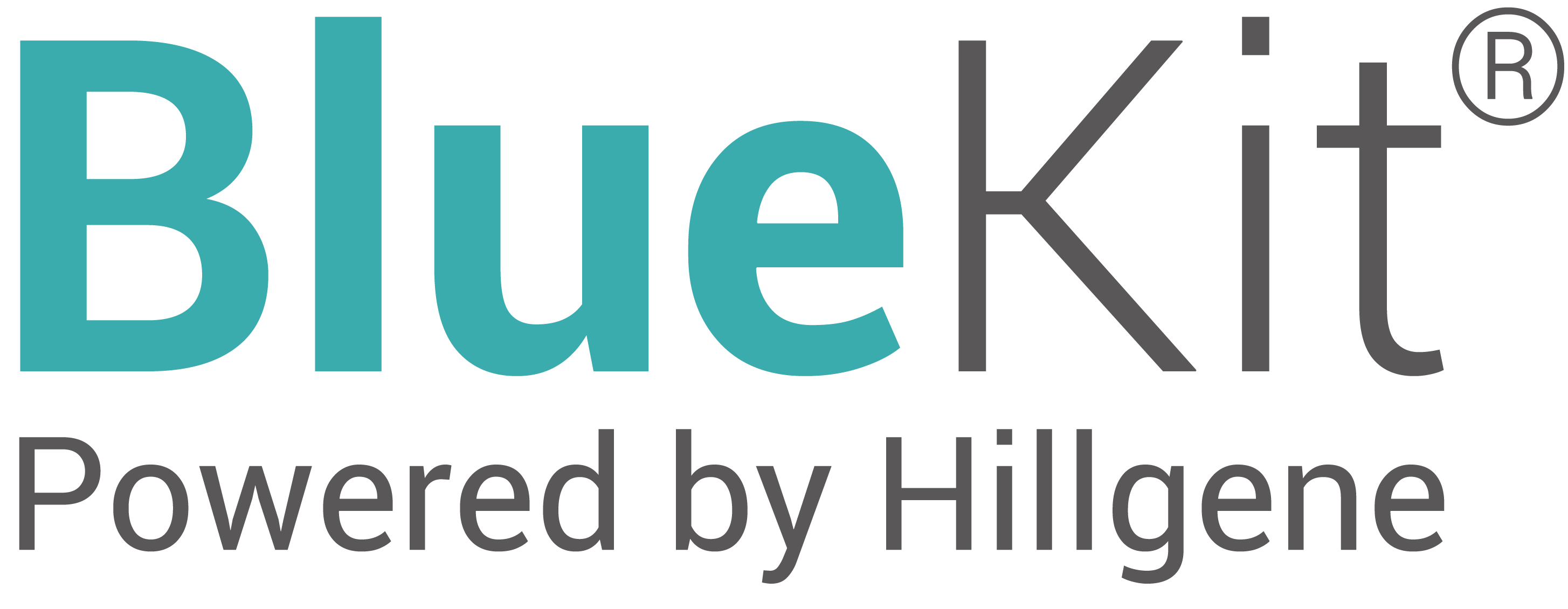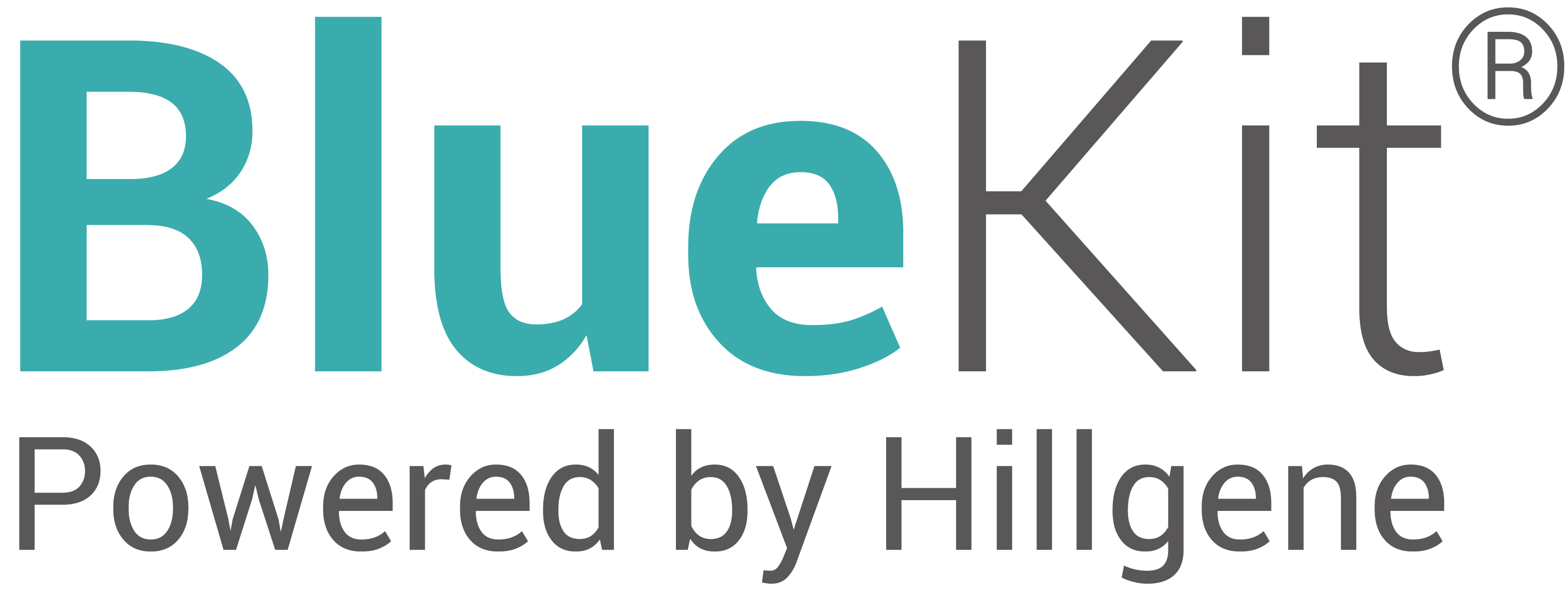In the ever-evolving world of biotechnology, plasmid DNA has emerged as a crucial player, particularly in the realm of cell therapy. As the medical community continues to push the boundaries of what is possible, the role of plasmid DNA in the development and implementation of cell therapies cannot be overstated. This article delves into the intricate world of plasmid DNA, examining its significance, manufacturing process, and its impact on cell therapy. We will also explore the role of key players in the industry, highlighting the contributions of plasmid DNA manufacturers, suppliers, and factories. Finally, we introduce a leading company in this space, BlueKit, and discuss how their innovations are shaping the future of cell therapy.
Understanding Plasmid DNA
What is Plasmid DNA?
Plasmid DNA refers to small, circular pieces of DNA that exist independently of chromosomal DNA in bacteria and certain eukaryotic cells. These DNA molecules replicate autonomously and are often used as vectors in genetic engineering due to their ability to carry foreign genes into host cells. The unique properties of plasmid DNA make it an invaluable tool in the field of biotechnology, particularly in the development of genetic therapies and vaccines.
The Importance of Plasmid DNA in Biotechnology
Plasmid DNA plays a pivotal role in genetic engineering, serving as a vehicle for gene transfer. Its ability to replicate independently allows researchers to produce large quantities of specific DNA sequences, which can then be introduced into other organisms. This is particularly useful in the production of recombinant proteins, the creation of genetically modified organisms, and the development of gene therapy treatments.
Plasmid DNA in Cell Therapy
The Role of Plasmid DNA in Cell Therapy
Cell therapy involves the administration of live cells to a patient to treat or alleviate disease. The introduction of plasmid DNA into this process has revolutionized the field, allowing for the modification of cells to express specific therapeutic proteins. This can enhance the efficacy of treatments for a variety of conditions, including cancer and genetic disorders.
Applications of Plasmid DNA in Cell Therapy
One of the most notable applications of plasmid DNA in cell therapy is CAR-T (Chimeric Antigen Receptor T-cell) therapy, a personalized treatment for certain types of cancer. In this process, T-cells are extracted from a patient, genetically modified using plasmid DNA to target cancer cells, and reintroduced into the patient’s body to attack malignant cells. This groundbreaking therapy has shown significant success in treating blood cancers and is being explored for other types of cancer as well.
Advantages of Using Plasmid DNA in Cell Therapy
The use of plasmid DNA in cell therapy offers several advantages:
Specificity and Efficiency : Plasmid DNA can be tailored to carry specific genetic instructions, allowing for precise targeting of diseased cells.
Safety : Plasmids are non-integrative vectors, meaning they do not integrate into the host’s genome, reducing the risk of mutagenesis and making the therapy safer for patients.
Scalability : Manufacturing processes for plasmid DNA are well-established, allowing for large-scale production to meet clinical and commercial demands.
The Manufacturing Process of Plasmid DNA
Overview of Plasmid DNA Manufacturing
The production of plasmid DNA involves several key steps, each crucial to ensuring the final product's quality and efficacy. This process typically includes the following stages:
1. Plasmid Design and Construction : The first step involves designing plasmid vectors with specific genetic elements, including promoters, selection markers, and cloning sites. Once designed, these plasmids are constructed using molecular cloning techniques.
2. Amplification : The constructed plasmids are introduced into bacterial host cells, where they undergo replication during cell division. This amplification step is essential for producing sufficient quantities of plasmid DNA.
3. Purification : Once the desired quantity of plasmid DNA is achieved, it is extracted and purified from the bacterial cells. This process involves removing cellular debris and contaminants to ensure high purity.
4. Quality Control : Rigorous quality control measures are implemented to verify the plasmid's integrity, sequence accuracy, and sterility. This ensures that the plasmid DNA meets the required standards for therapeutic use.
Challenges in Plasmid DNA Manufacturing
While plasmid DNA manufacturing has become more streamlined over the years, it is not without challenges. Factors such as maintaining sterility, ensuring high yield and purity, and preventing contamination are critical considerations that manufacturers must address. Additionally, the complexity of plasmid design and the need for precise quality control measures make this process highly specialized.
Key Players in the Plasmid DNA Industry
Plasmid DNA Manufacturers, Suppliers, and Factories
The demand for plasmid DNA in the biopharmaceutical industry has led to the emergence of specialized manufacturers, suppliers, and factories dedicated to its production. These entities play a crucial role in ensuring the availability of high-quality plasmid DNA for research and clinical applications.
Plasmid DNA Manufacturers : These organizations are responsible for producing plasmid DNA at both small and large scales. They possess the technical expertise and infrastructure needed to handle the complexities of plasmid design, amplification, and purification.
Plasmid DNA Suppliers : Suppliers serve as intermediaries, distributing plasmid DNA products to research institutions, biotech companies, and clinical facilities. They ensure a steady supply of plasmid DNA to meet the needs of various end-users.
Plasmid DNA Factories : Factories dedicated to plasmid DNA production are equipped with state-of-the-art facilities and equipment. They adhere to stringent manufacturing standards to ensure the highest quality of plasmid DNA products.
The Role of Plasmid DNA Suppliers in Cell Therapy Development
Plasmid DNA suppliers play a vital role in facilitating the development and commercialization of cell therapies. By providing high-quality plasmid DNA, they enable researchers and clinicians to conduct preclinical and clinical studies, accelerating the translation of cell therapies from the bench to the bedside.
Conclusion: The Future of Plasmid DNA in Cell Therapy
As the field of biotechnology continues to advance, the importance of plasmid DNA in cell therapy will only grow. Its versatility, safety, and efficacy make it an invaluable tool for developing innovative treatments for a range of diseases. The collaboration between plasmid DNA manufacturers, suppliers, and factories is crucial to meeting the increasing demand for these products and ensuring the successful implementation of cell therapies.
Introduction to BlueKit
Jiangsu Hillgene, under its BlueKit brand, stands at the forefront of plasmid DNA and cell therapy innovation. With a vast network of GMP plants and R&D centers in Suzhou, Shenzhen, and Shanghai, and an expanding presence in North Carolina, Hillgene is a leader in nucleic acid manufacturing and cell therapy product development. Their BlueKit products offer cutting-edge solutions for quality control, supporting the development of CAR-T, TCR-T, and stem cell-based therapies. Committed to accelerating the commercialization of cell therapies, BlueKit is dedicated to improving patient outcomes through innovative biotechnology solutions.
Post time: 2025-03-28 11:09:05











